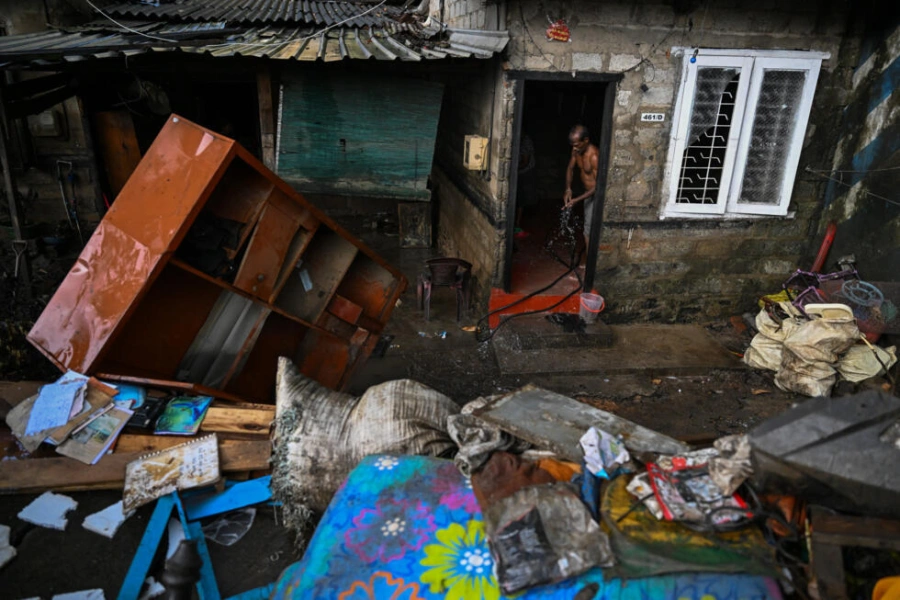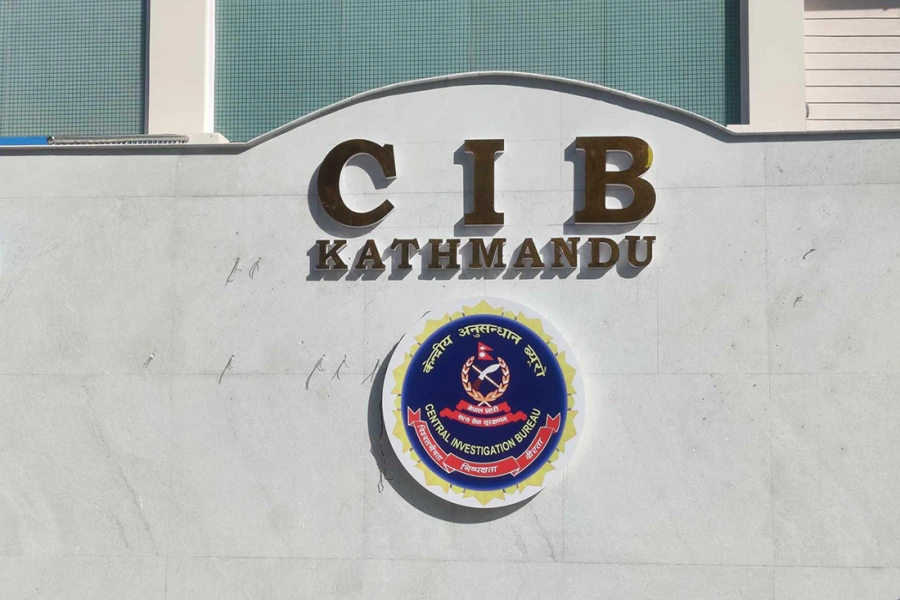KATHMANDU, May 15: With the formal declaration to end power outages in industrial sector from Sunday, load-shedding that crippled daily life of people, industries and overall economy for over a decade and a half has come to an end.
The decision means industries can now operate round the clock.
Issuing a statement on Sunday, NEA said that improvement in power generation by run-of-river and peaking power plants due to surge in water levels in recent weeks enabled it to end load-shedding. The efficient management of peaking power plants, which can store water during daytime and nighttime and run in the peaks hours of evening and morning, use of Kulekhani plants, and import of electricity from India enabled the power utility to announce uninterrupted power supply to industrial sector as well.
Power supply in NEA’s system was in surplus after Kaligandaki ‘A’ Hydropower Project started generation in 2002. Thereafter, NEA even held discussions to increase energy consumption by introducing seasonal tariffs. But the surplus remained for only two years as other under-construction plants saw time overruns particularly because of decade-long Maoist insurgency which ended in 2006. The country gradually entered into the cycle of acute power crisis with people facing up to 18 hours of power cuts in 2009.
NEA’s campaign of ending power cut, which started in October 2016, has finally become successful. All the kudos goes to Kulman Ghising, the chief of the power utility, and his team. Ghising’s experience in demand side management worked wonders to reduce power cuts during the main festive season of Dashain and Tihar of 2016 when energy demand hits peak.
Power outages scheduled in various locations in Kathmandu Valle...

“We were not sure ourselves that we would be able to make uninterrupted power supply on the evening of Laxmi Pooja in 2016. It was an experiment,” Prabal Adhikari, the spokesperson for NEA, told Republica. “The success on that day showed that we can end load-shedding very soon.”
Buoyed by its success in Kathmandu, NEA gradually ended load-shedding in other cities like Pokhara and Biratnagar.
It has already been proved that people who helmed NEA in the past imposed lengthy power cuts to serve vested interests of few individuals and industries. Ghising’s predecessors were providing uninterrupted power supply to industries, taking hefty amount from them, imposing load-shedding for as long as 18 hours.
NEA officials say it is too early to comment whether they can continue uninterrupted power supply during winter season when water levels in rivers reduce, affecting power generation.
“We cannot assure you now that there will be no power cuts in the dry months. But it can happen if things go as per our plan,” said Adhikari.
NEA is planning to import more electricity from India by adding cables on Raxaul-Parwanipur and Kataiya-Kushaha transmission lines. Similarly, projects having combined installed capacity of 661 MW are expected to come into operation this year. NEA’s plan also includes starting energy banking -- a mode of electricity exchange -- with India to meet the deficit during dry months.
PRIVATE SECTOR ELATED
Industrialists and private sectors have welcomed the announcement of the NEA to end power outages to the industrial sector starting Sunday.
Issuing a statement, Federation of Nepalese Chambers of Commerce and Industry (FNCCI) said that the announcement will help industrial enterprises to increase their production capacity. FNCCI has demanded that the NEA do the needful for improving quality of energy supplied and end erratic supply altogether.
Likewise, President of Confederation of Nepalese Industries, Hari Bhakta Sharma, said that uninterrupted power supply is a basis for growth in industrial production, and making industrial enterprises more competitive. “This now paves the way for attracting more investments. But the country also needs to make further reforms to improve investment climate,” he added.



































